I reported on Thursday how New Zealand’s rental growth has plummeted in response to the sharp decline in net overseas migration, which fell to only 10,628 in the year to August 2025, down from a decade average of 49,000.
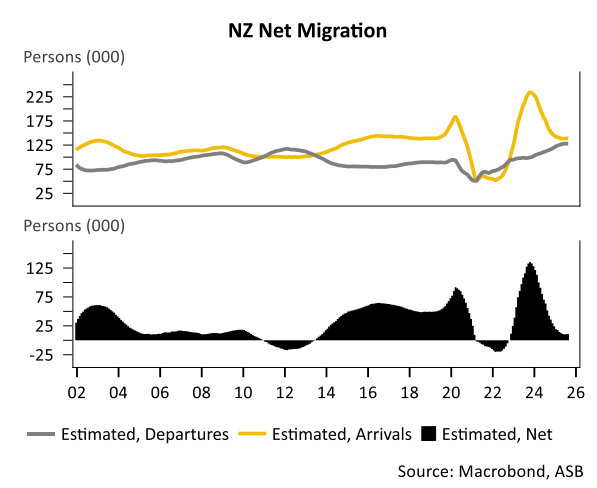
As illustrated below by Justin Fabo from Antipodean Macro, the collapse in net migration has helped drive New Zealand rental growth to unprecedented lows:
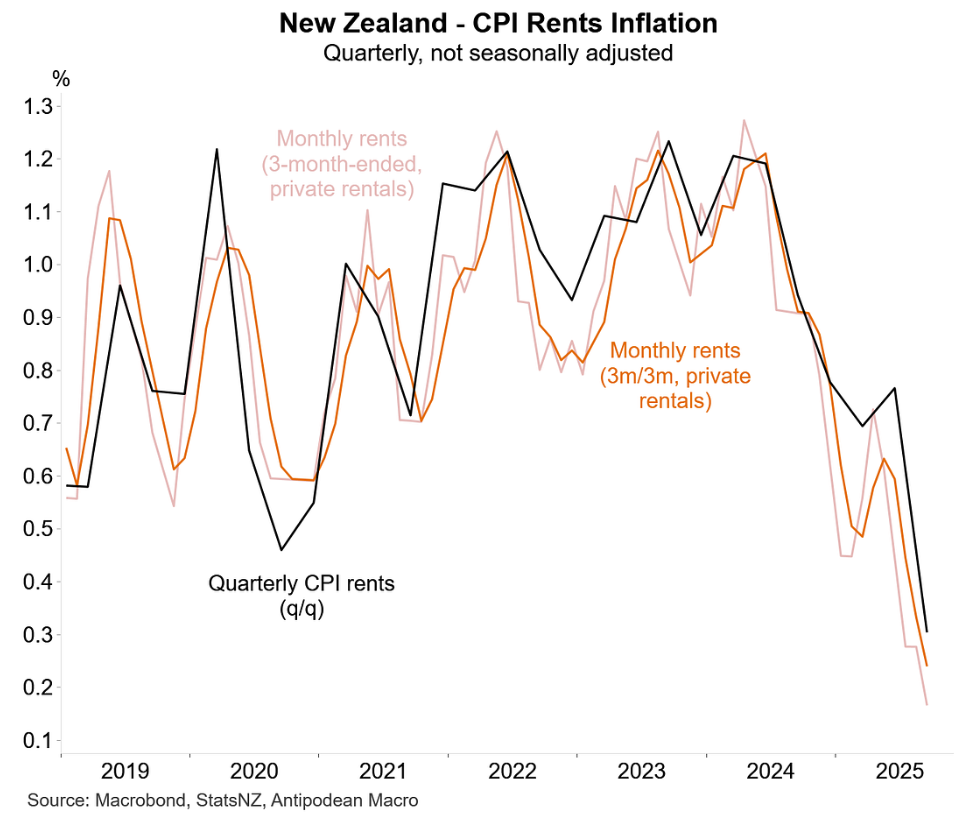
Nationally advertised rents on Trade Me and Realestate.co.nz declined by 1.6% and 3.1%, respectively, in the year to September.
A similar process is playing out in Canada, where population growth has also slowed dramatically thanks to the departure of temporary migrants:
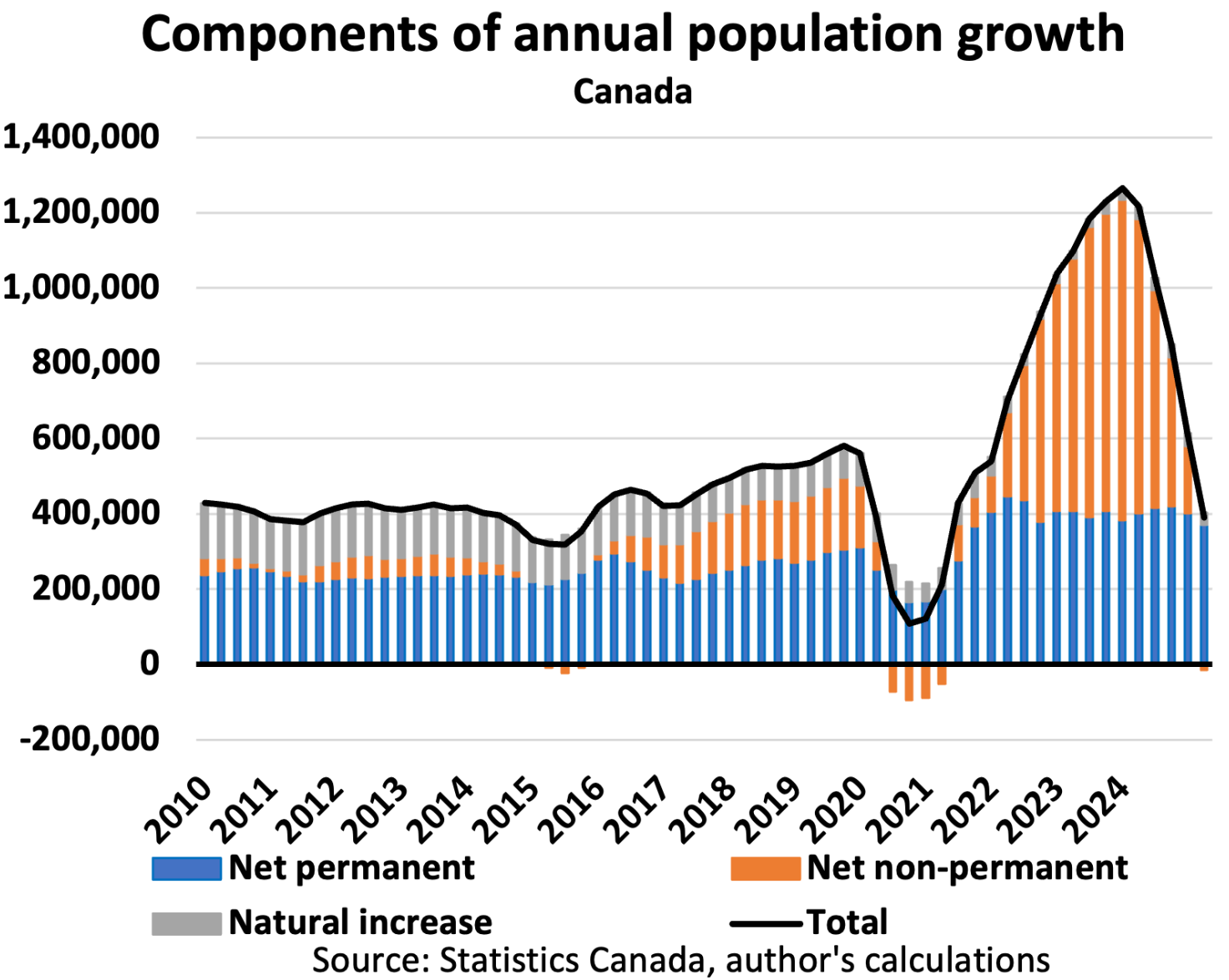
Source: Ben Rabidoux
Canada added an estimated 47,098 people (+0.11% QoQ) in Q3 2025, the second slowest quarter since physical restrictions throttled growth in 2021.
Canada added 389,324 people (+0.94% annually), the slowest annual rate since 2016 outside of the pandemic.
The following chart from Canadian macroeconomist Ben Rabidoux shows that the decline in temporary migrants has driven annual CPI rental growth lower:
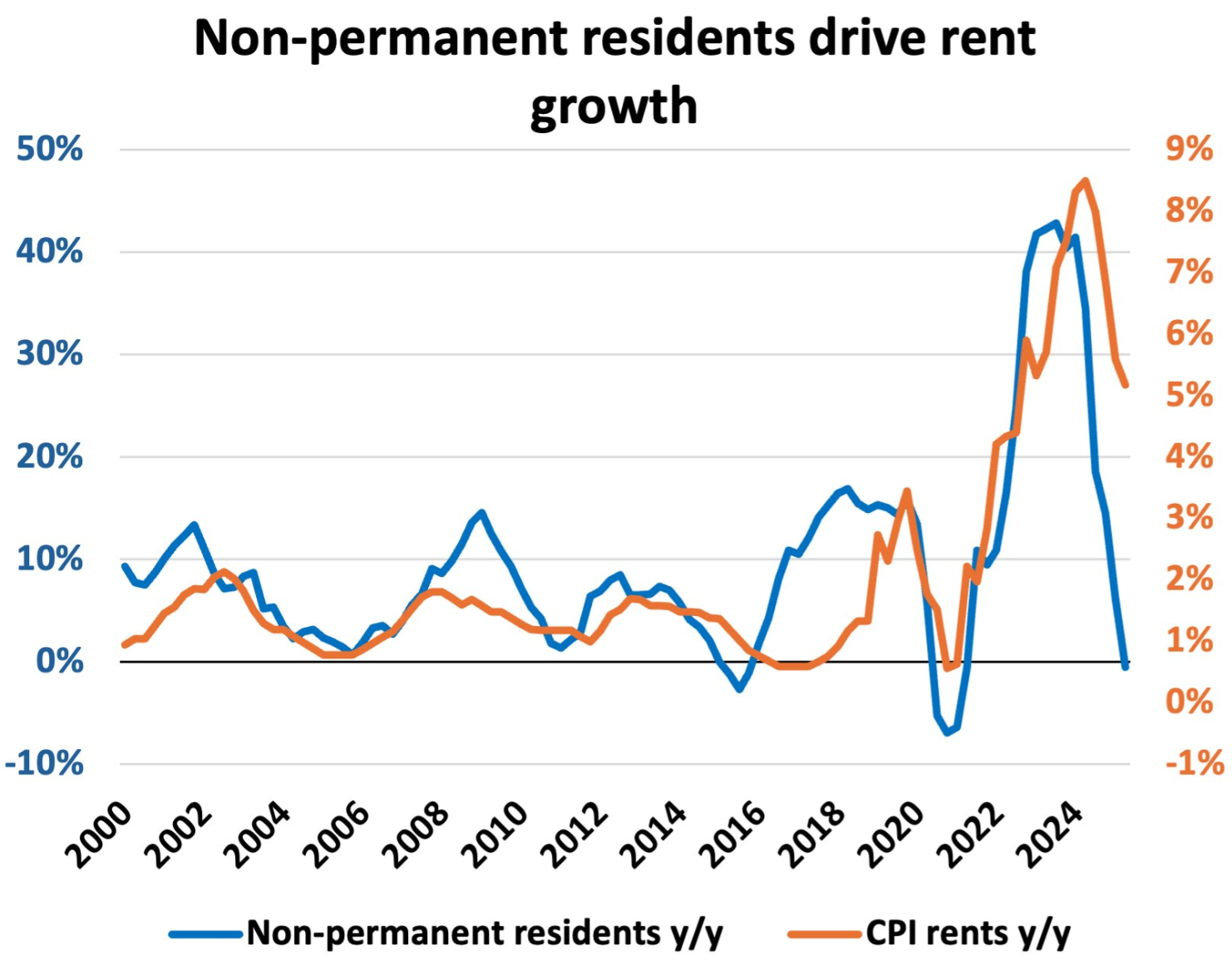
Source: Ben Rabidoux
Canadian advertised rents also fell by 3.2% nationally in the year to October:
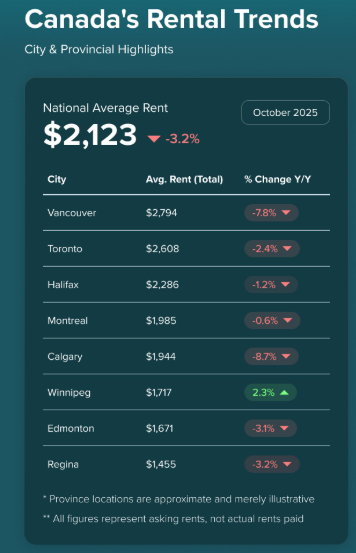
Source: Rentals.ca
This represented the 12th consecutive month of annual rental declines:
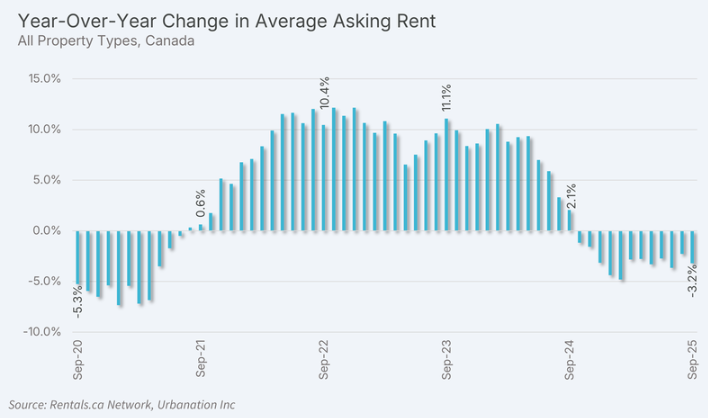
Source: Rentals.ca
The lessons from New Zealand and Canada are clear. If Australian policymakers want to solve the rental crisis, they should reduce demand by significantly lowering immigration.

